
No need to throw away the pan that lost its non-stick coating: Add a few drops of this and the old pan will be like new immediately.

Effective Methods to Restore Nonstick Coating on Pans
1. Restoring the Nonstick Layer with Fresh Milk
Using fresh milk to restore your pan’s nonstick coating is a simple, inexpensive, and surprisingly effective home method.
Fresh milk contains casein protein, which, when heated, forms a thin protective film over the surface of the pan. This film helps rebuild the nonstick layer naturally and smooth out tiny scratches caused by regular use.
Step-by-step guide:
-
Pour milk into the pan – Add enough fresh milk (either whole milk or sugar-free milk) to completely cover the bottom surface of the pan.
-
Heat gently – Place the pan on medium heat and bring the milk to a boil. Let it simmer for about 5 minutes. Avoid high heat, which can cause the milk to bubble over.
-
Cool and clean – Turn off the heat, pour out the milk, and wash the pan with warm water to remove any milk residue or odor.
-
Test the surface – Try frying an egg without oil. If the egg flips easily without sticking, the nonstick surface has been successfully restored.
💡 Tip: Repeat this process once every few months to maintain the pan’s smoothness and prevent buildup of residue or rust.
2. Restoring with Potato and Salt

This is another natural and budget-friendly way to bring back your pan’s nonstick ability while also cleaning it thoroughly.
What you’ll need:
-
1 medium-sized potato
-
A small amount of table salt
Instructions:
-
Prepare the potato – Peel, rinse, and cut the potato in half.
-
Add salt and scrub – Sprinkle salt over the cut side of the potato, then use it to gently rub the entire surface of the pan, especially the areas where the nonstick coating has worn off.
-
Rinse and dry – Wash the pan with warm water and dry it thoroughly.
The natural acids in potatoes help remove rust and stubborn residue, while minerals like riboflavin and folate support the restoration of the surface. This method not only revives the nonstick layer but also improves the pan’s hygiene by eliminating lingering grease and odor.
✨ Bonus tip: For best results, slightly warm the pan before scrubbing—it enhances the cleaning power of the potato’s natural enzymes.
3. Using Coconut Oil for a Natural Nonstick Finish
Combining coconut oil and salt is another simple yet highly effective method to clean and protect your nonstick cookware. Coconut oil helps recondition the surface while adding a protective sheen that prevents future sticking.
You’ll need:
-
1 tablespoon of coconut oil
-
A pinch of salt
-
A clean paper towel or soft cloth
How to do it:
-
Heat the oil – Place the pan over low heat, add coconut oil, and tilt the pan so the oil spreads evenly across the surface.
-
Simmer briefly – Let the oil heat for 2–3 minutes, then pour out the excess. Sprinkle salt evenly over the surface.
-
Wipe and polish – Use a paper towel to gently scrub the salt over the pan’s surface. Discard the salt and wipe clean with another towel.
This technique not only removes light stains but also creates a thin, natural oil barrier that enhances the pan’s durability and nonstick properties. It’s particularly useful for cast-iron and ceramic pans.
Important Tips for Maintaining Nonstick Cookware
-
Avoid preheating an empty pan. Overheating can release harmful fumes from the Teflon layer and permanently damage the coating.
-
Use moderate heat. High temperatures degrade nonstick coatings faster and may affect your food’s quality.
-
Ensure good ventilation while cooking to reduce exposure to cooking fumes.
-
Choose the right utensils. Opt for wooden or silicone tools instead of metal ones to prevent scratching.
-
Clean gently. Use a soft sponge or non-abrasive pad when washing your pan. Avoid harsh detergents and steel wool.
🧽 Pro tip: After cleaning, lightly coat the pan with a few drops of vegetable or coconut oil before storing—it keeps the surface smooth and rust-free.
How to Choose a Quality Nonstick Pan
When buying a new nonstick pan, consider the following criteria:
-
Coating material: Go for pans with stone-pattern or ceramic coatings—they are durable, safe, and free from toxic chemicals.
-
Pan body:
-
Cast iron: Excellent heat retention and long-lasting, though heavier.
-
Stainless steel: Durable, safe, and resists corrosion.
-
Aluminum alloy: Lightweight, easy to handle, and heats quickly.
-
-
Base design:
-
Solid cast base: Best heat distribution and durability.
-
Seamless base: Heats evenly and prevents warping.
-
Attached base: Usually cheaper but less sturdy.
-
-
Compatibility:
For induction cooktops, choose pans with flat magnetic bases (you can test with a magnet).
Most nonstick pans also work well on gas and infrared stoves. -
Weight:
Heavier pans retain heat longer, while lightweight ones are easier to maneuver—pick what suits your cooking habits.
Choosing the right pan helps you cook efficiently, maintain healthy meals, and save both time and money in the long run.
News in the same category


Put this bunch of leaves in the toilet: No bad smell all week, repels mosquitoes and ants.
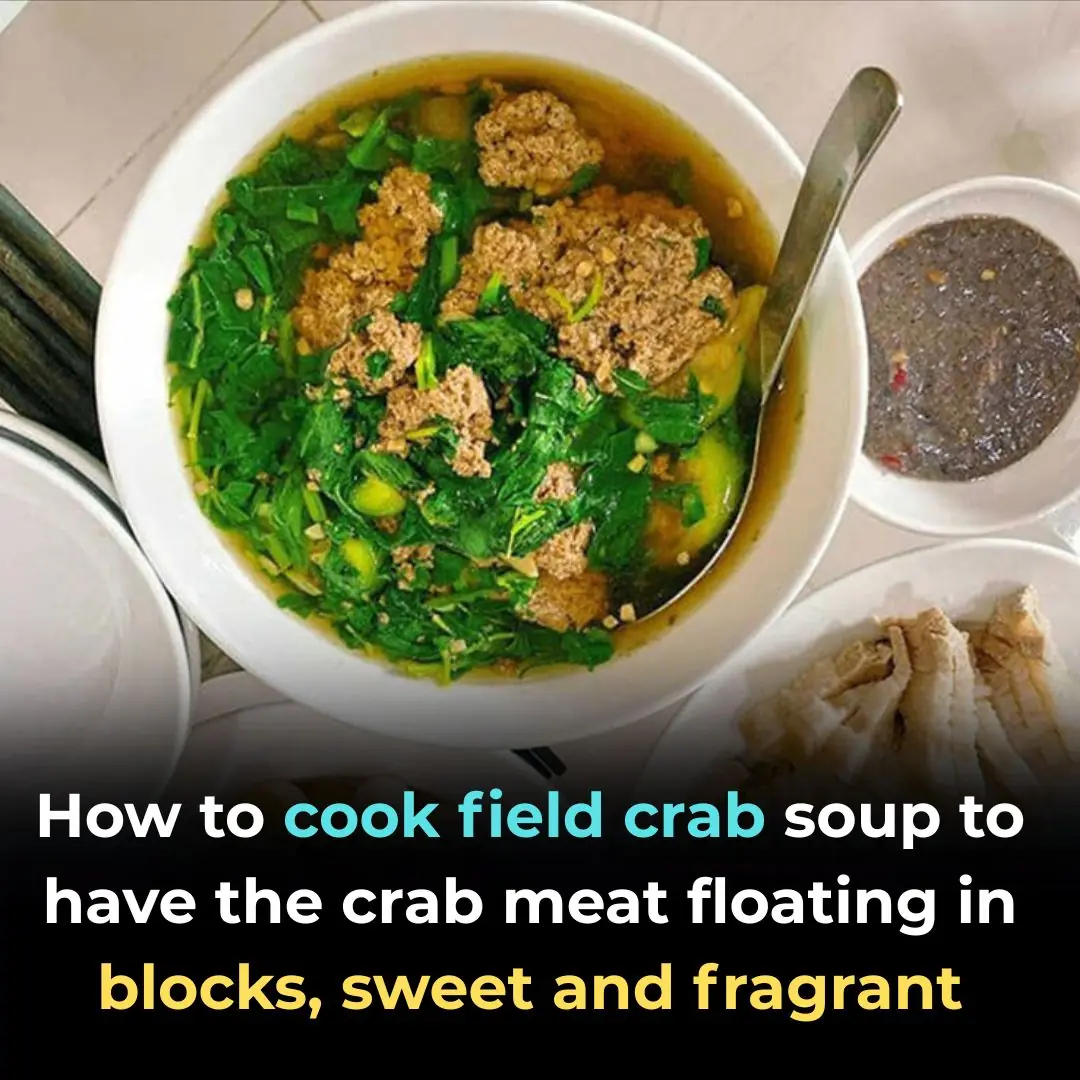
How to cook field crab soup to have the crab meat floating in blocks, sweet and fragrant

The air conditioner's condenser makes a loud noise like grinding rice. Don't call a repairman and waste money. If you can make the machine run smoothly, it won't cost you money.
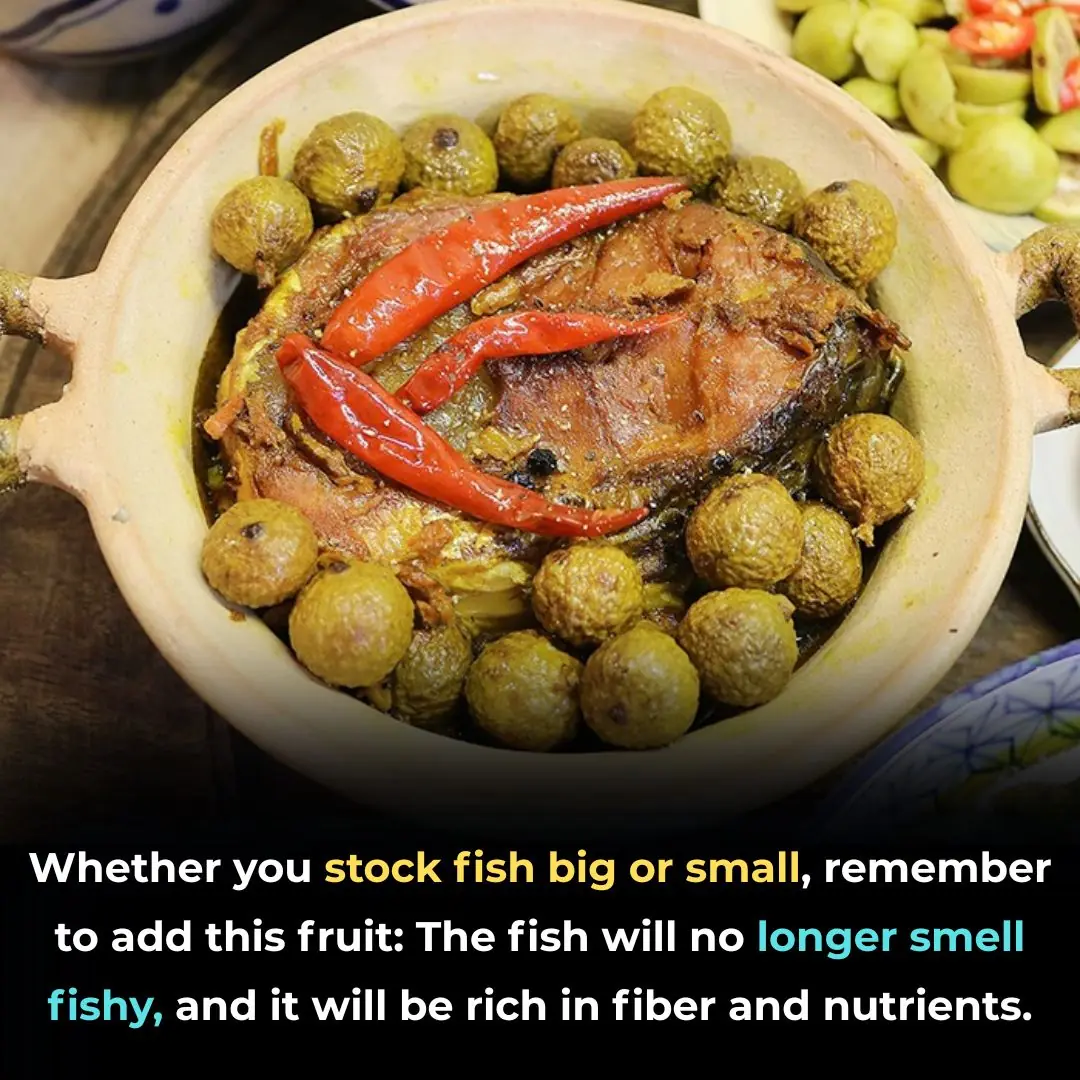
Whether you stock fish big or small, remember to add this fruit: The fish will no longer smell fishy, and it will be rich in fiber and nutrients.

Air conditioner leaks water, don't rush to call poetry to waste money. Just do it this way.
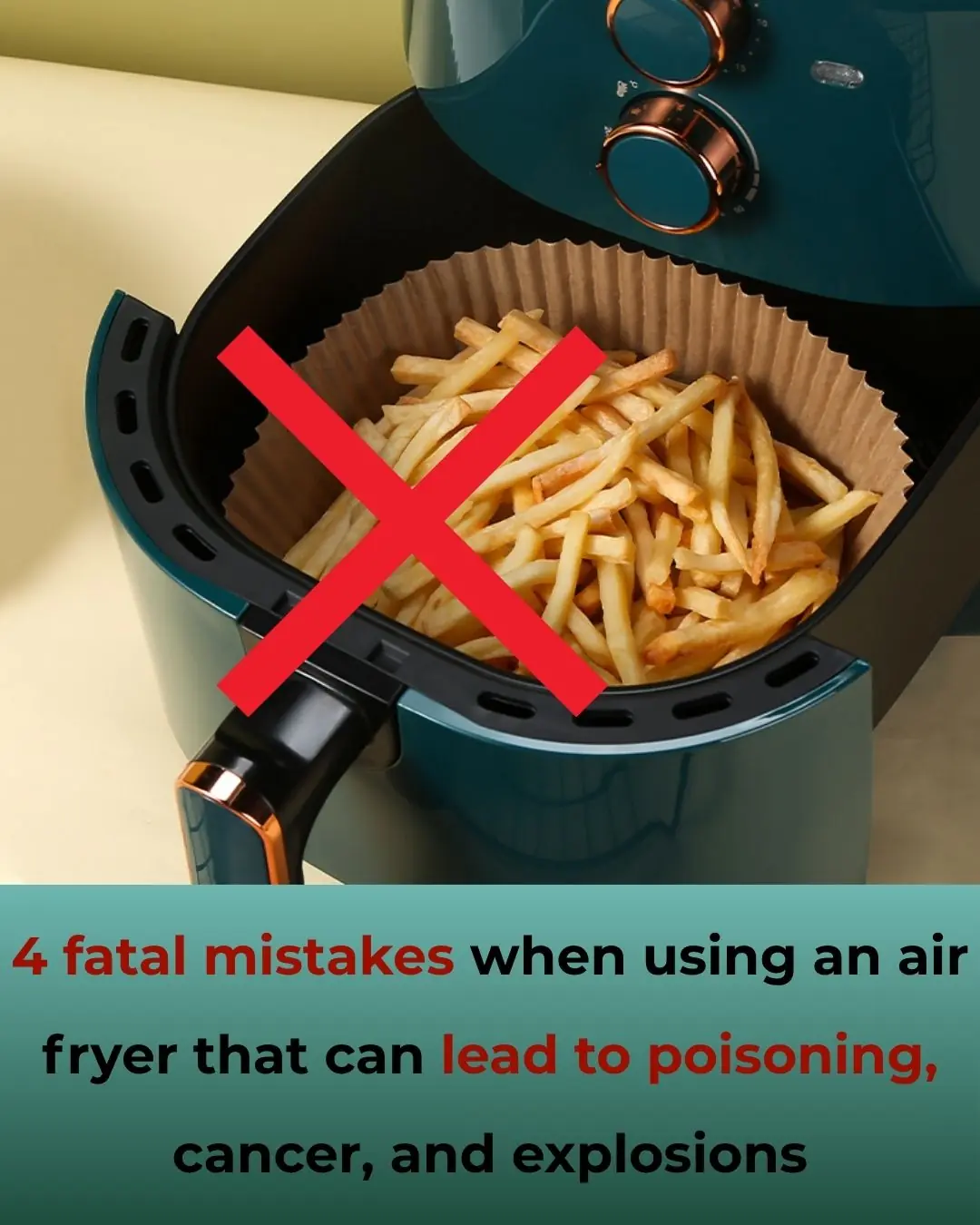
4 Dangerous Mistakes When Using an Air Fryer That Can Lead to Poisoning, Cancer, and Even Fires

The Secret of Our Hand to Show RICH or POOR…
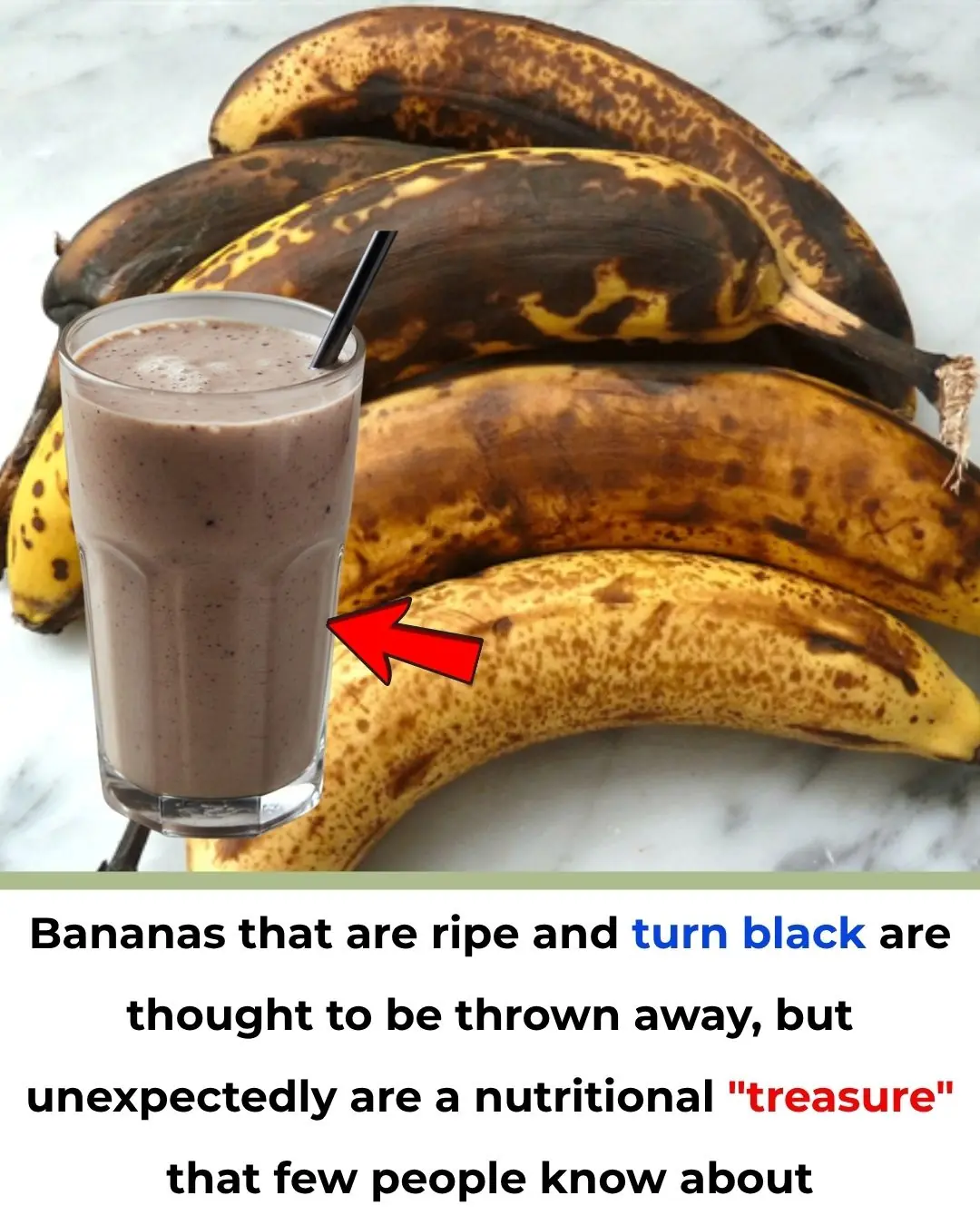
Bananas that are ripe and turn black are thought to be thrown away, but unexpectedly are a nutritional "treasure" that few people know about
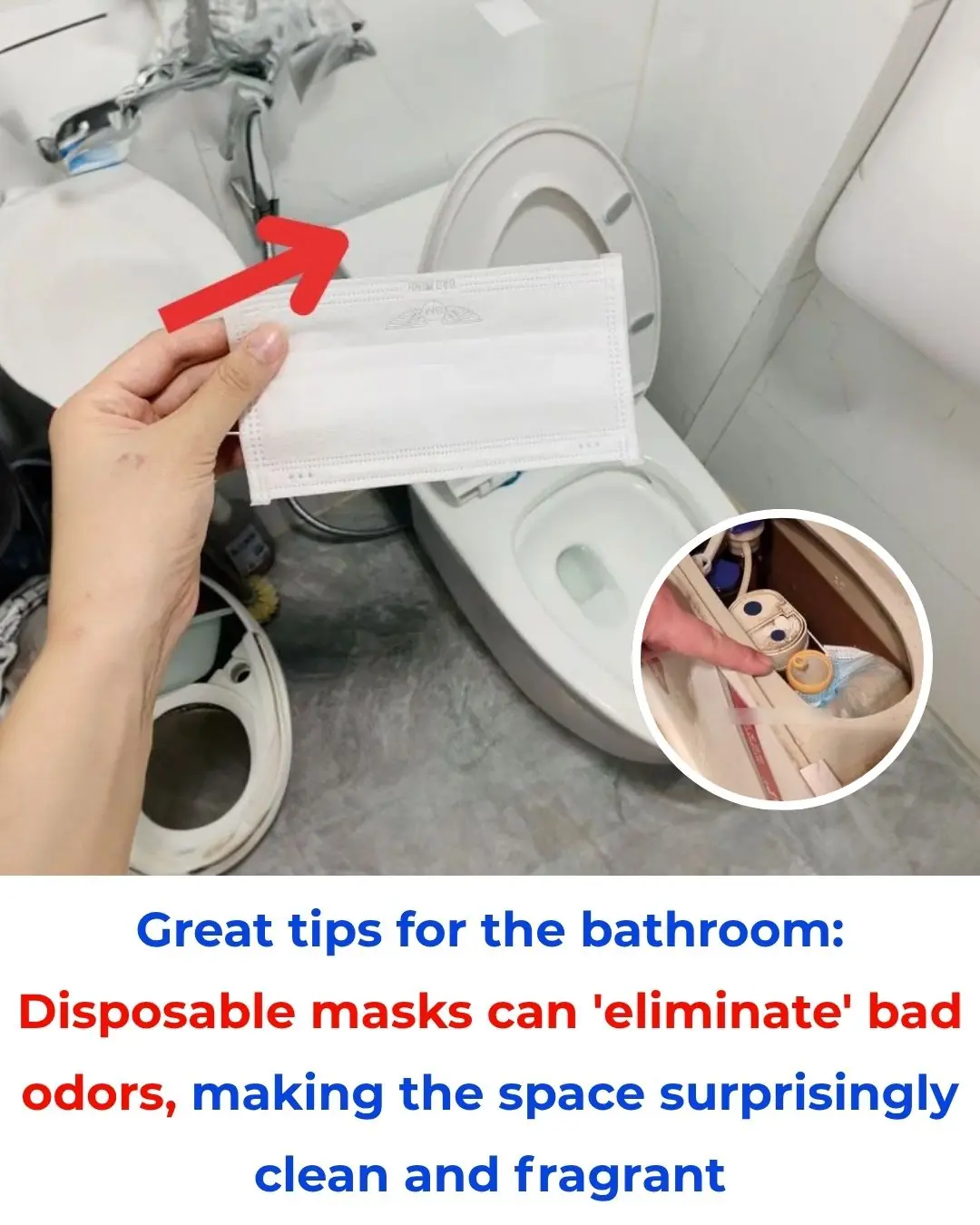
Great tips for the bathroom: Disposable masks can 'eliminate' bad odors, making the space surprisingly clean and fragrant

Save this for when you need it: How to cure 46 diseases with medicine-free tips

Why do gourmets always choose places with lots of leftover tissues when eating out?
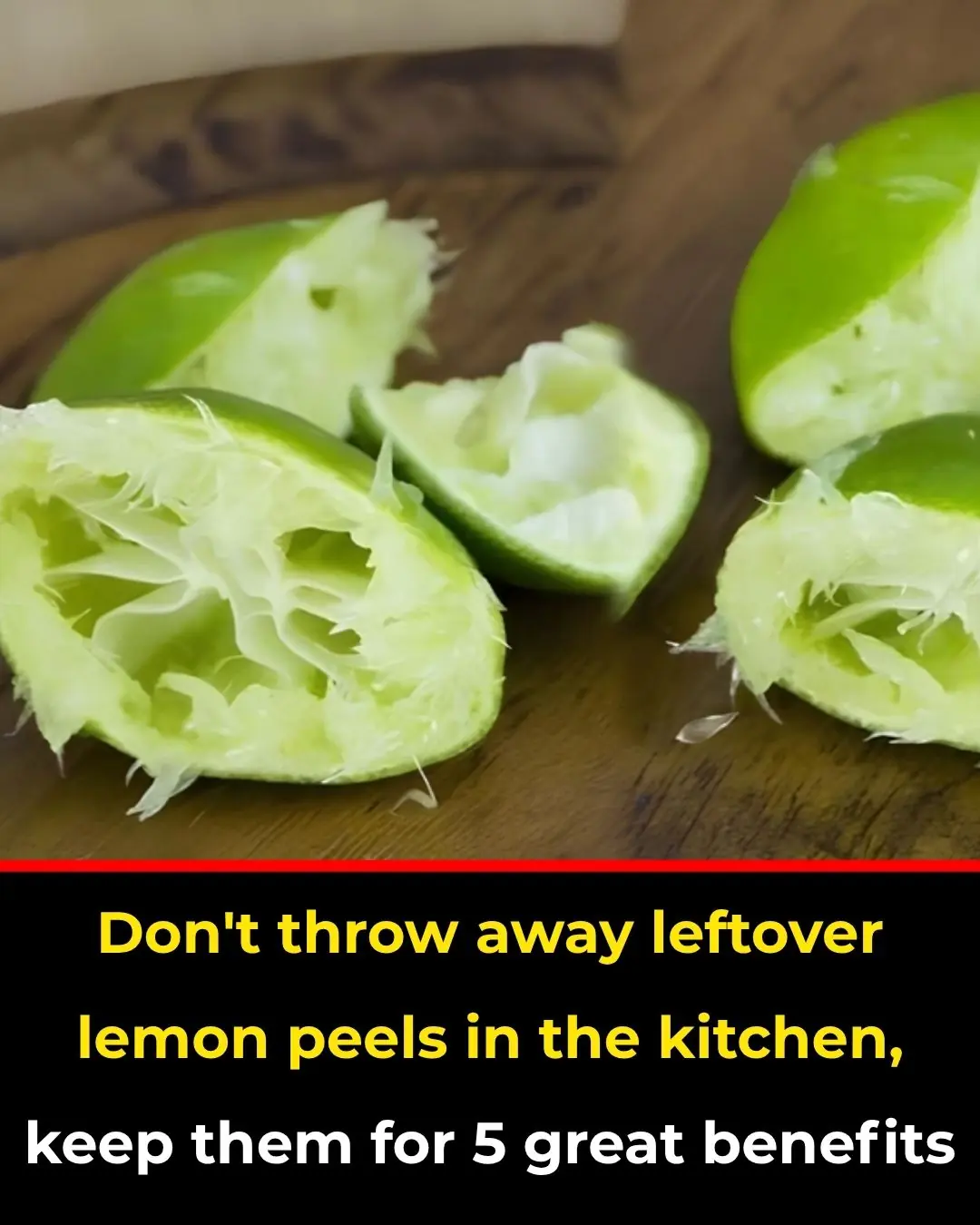
Don't throw away leftover lemon peels in the kitchen, keep them for 5 great benefits
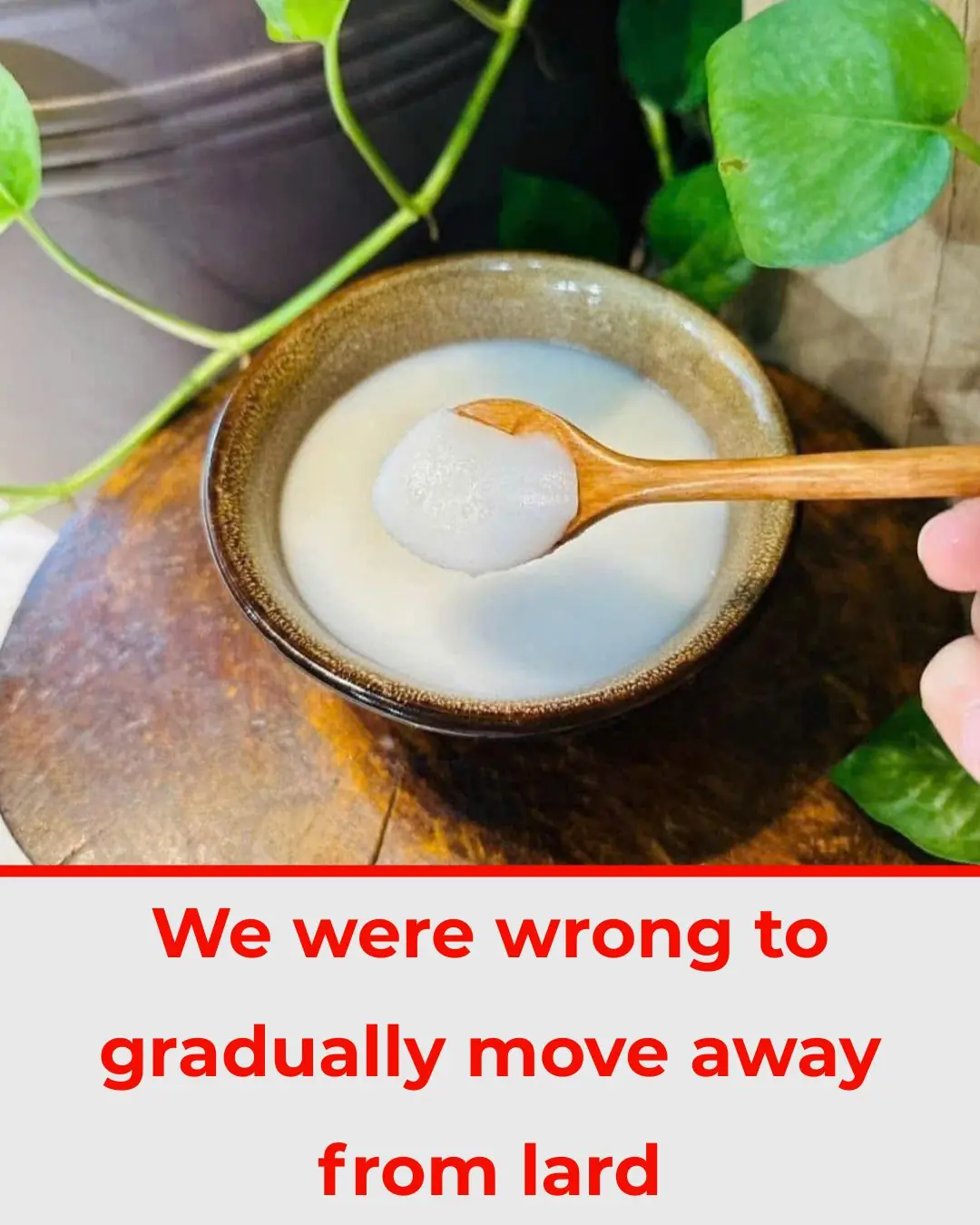
We were wrong to gradually move away from lard
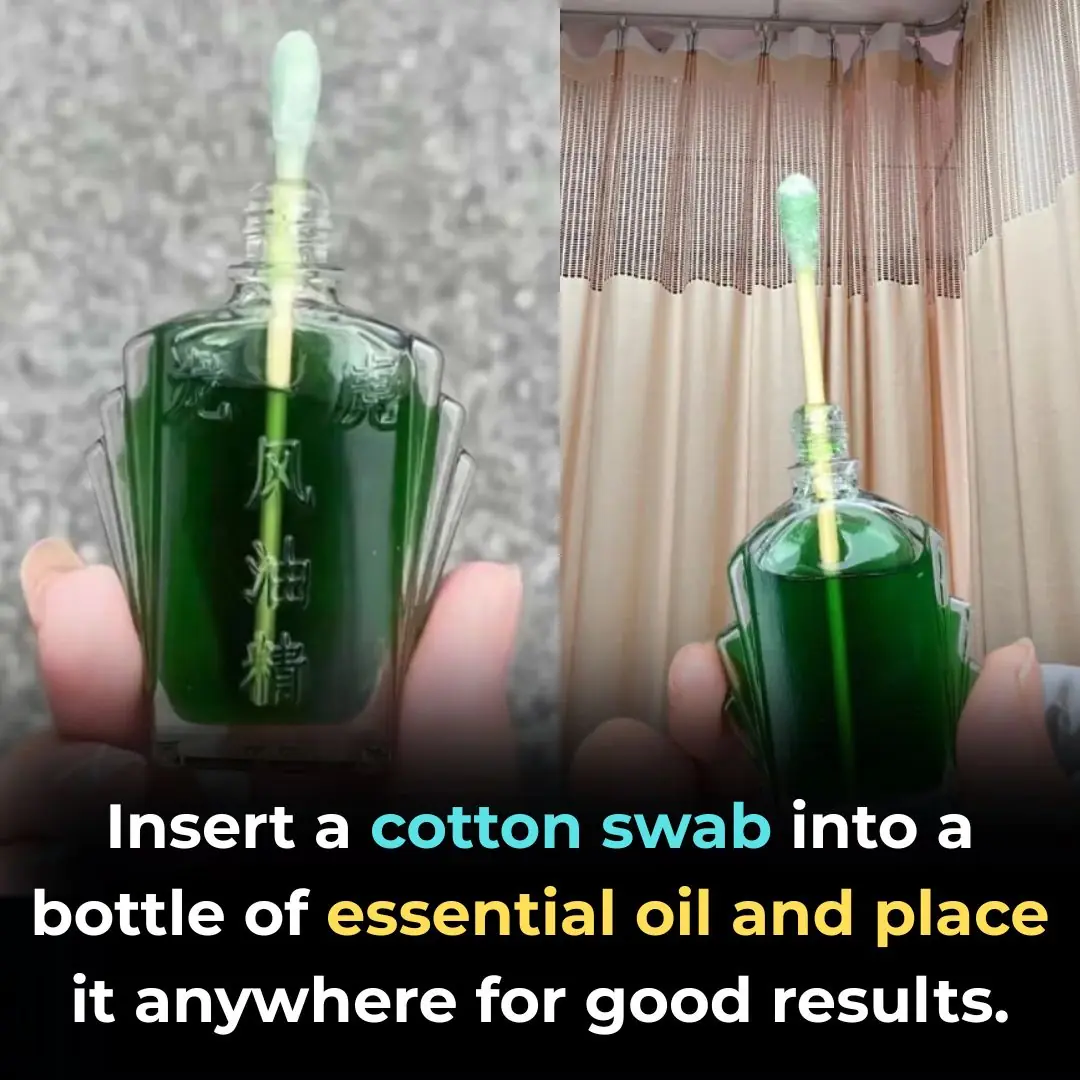
Insert a cotton swab into a bottle of essential oil and place it anywhere for good results.
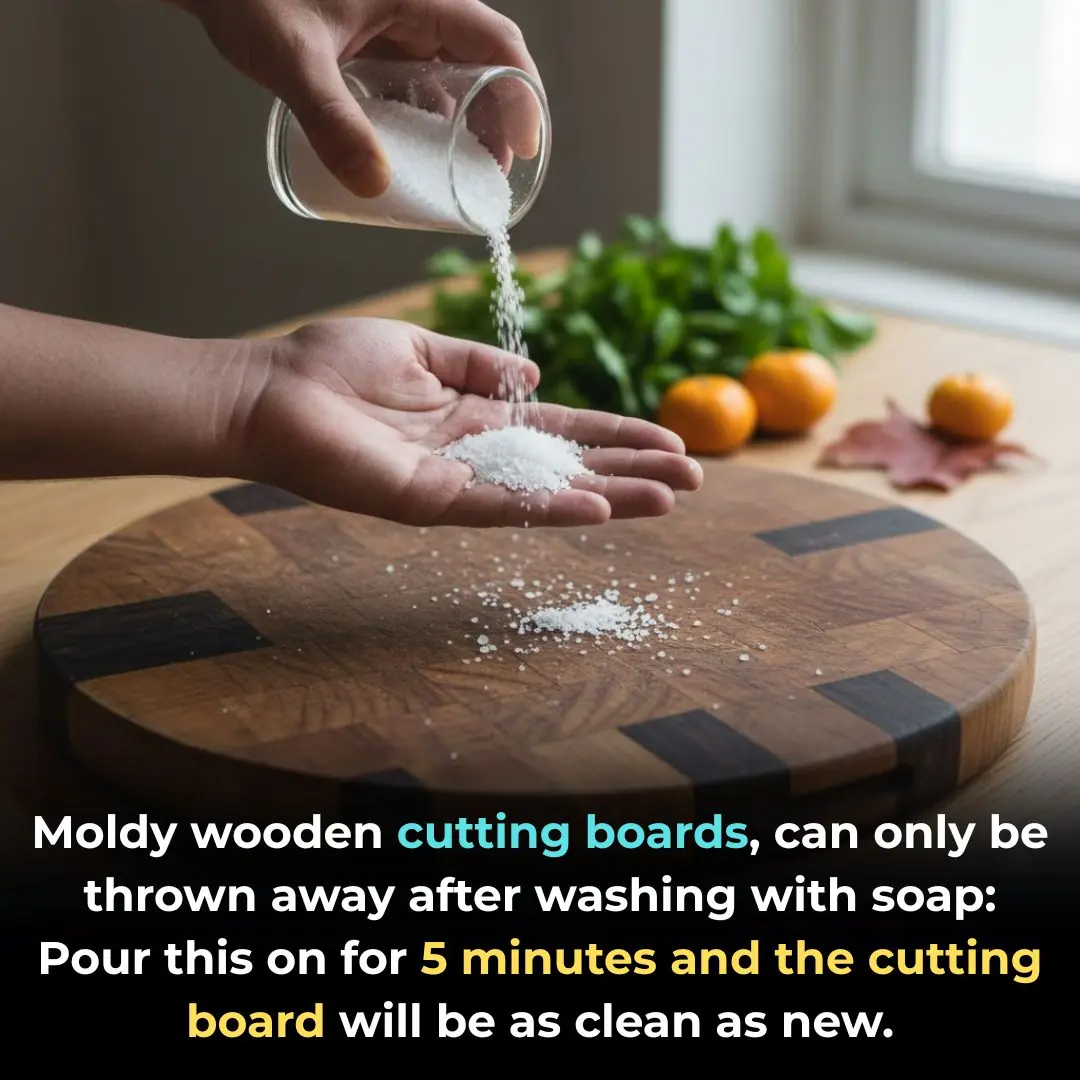
Moldy wooden cutting boards, can only be thrown away after washing with soap: Pour this on for 5 minutes and the cutting board will be as clean as new.
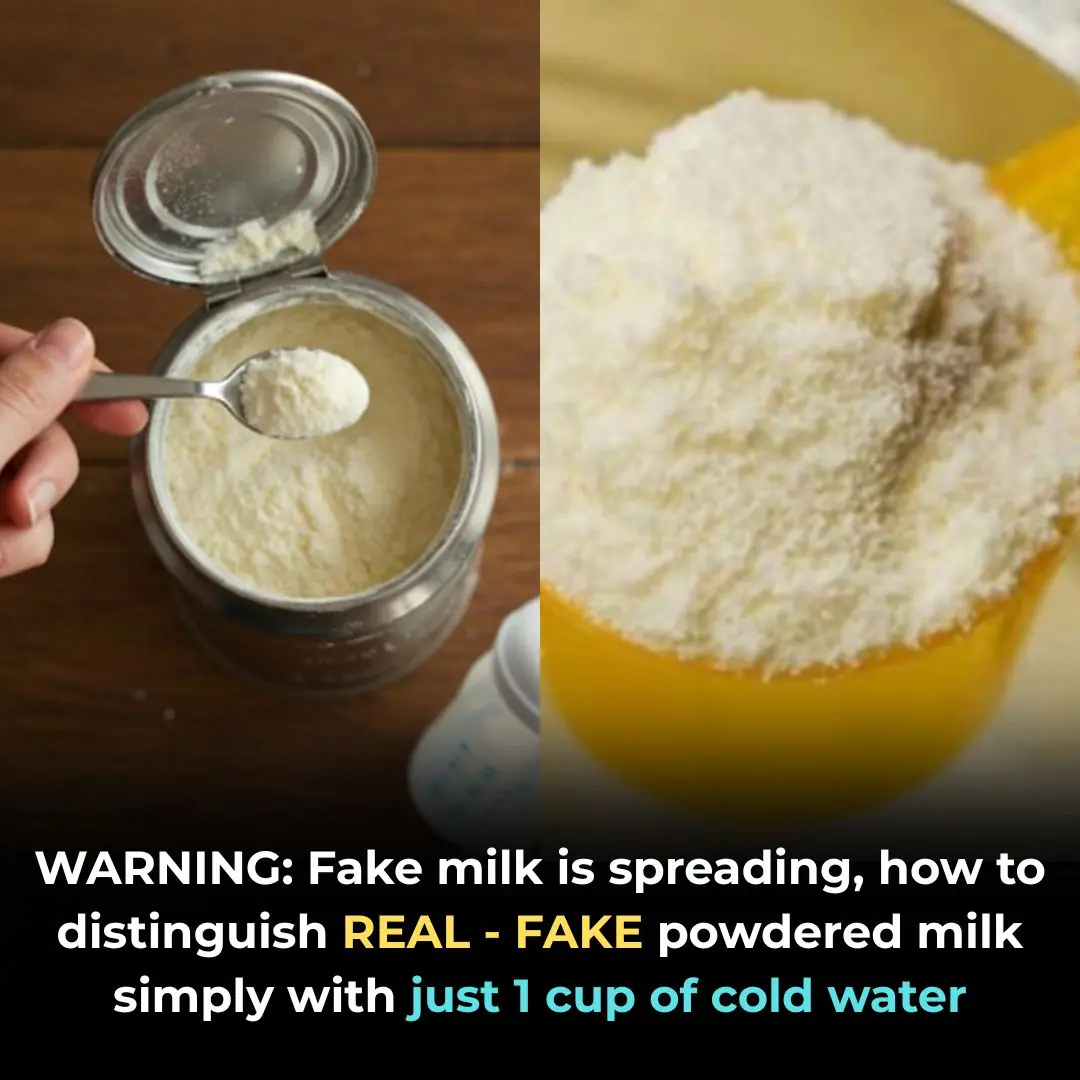
WARNING: Fake milk is spreading, how to distinguish REAL - FAKE powdered milk simply with just 1 cup of cold water
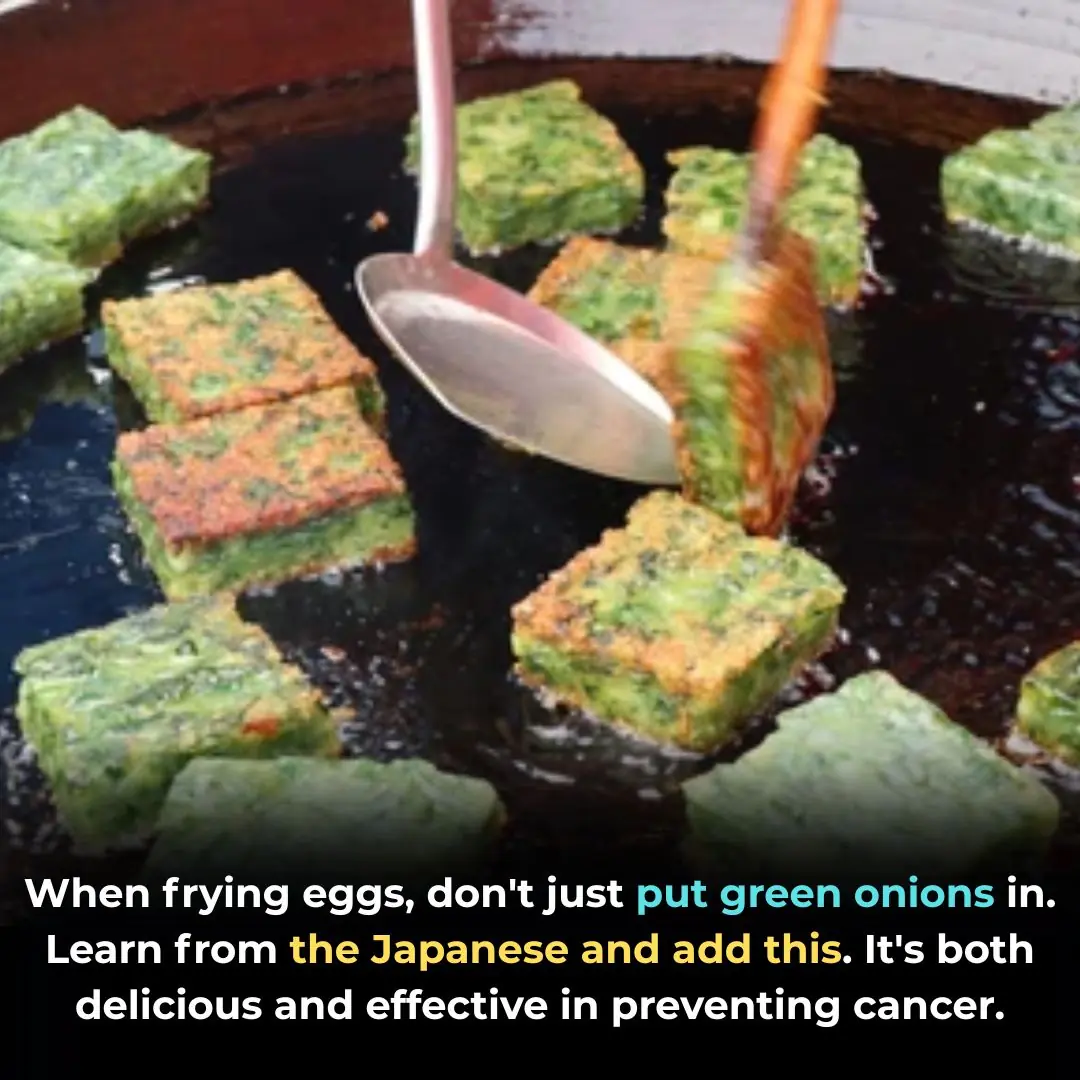
When frying eggs, don't just put green onions in. Learn from the Japanese and add this. It's both delicious and effective in preventing cancer.
News Post

‘Start Talking Like This, They Lost Their Hunger ‘: Bills Fans Panic. Slumping Josh Allen Says Wife Hailee Steinfeld Taught Him He’s More Than A NFL Player

Husband Sings Passionate Rendition of Al Green’s Let’s Stay Together for Wife’s Birthday
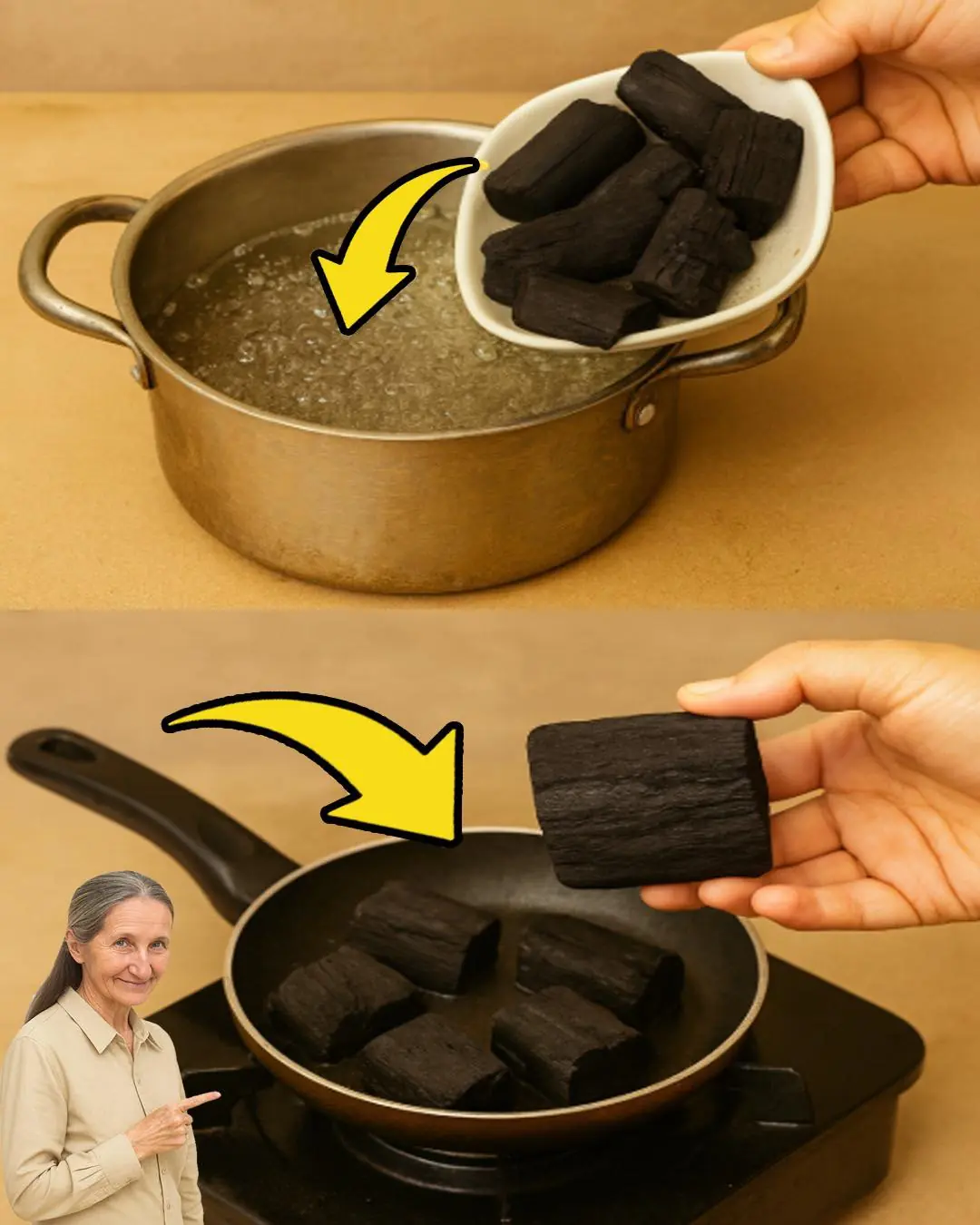
DIY Survival Water Filter – How to Make Clean Drinking Water Anywhere
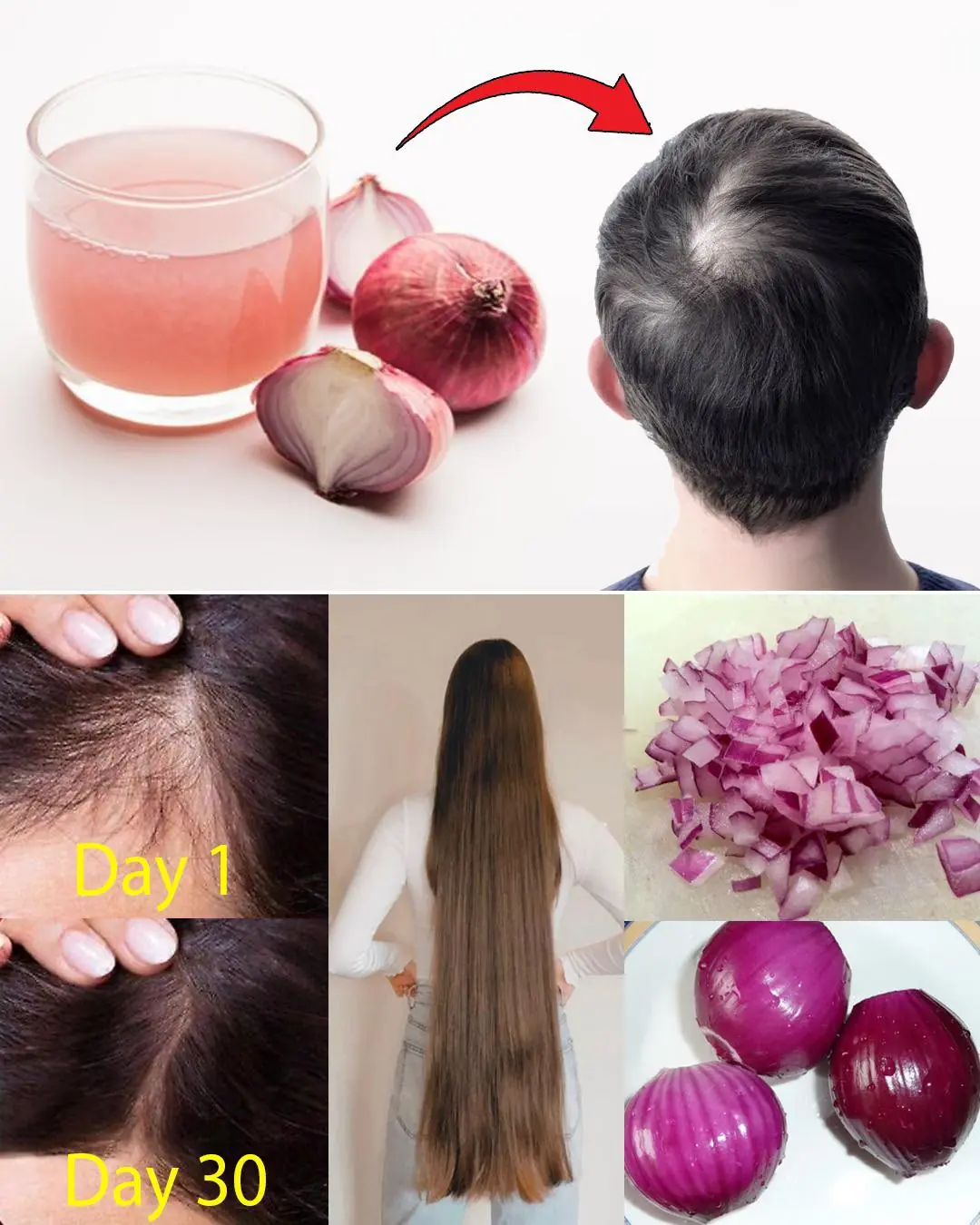
Red Onion for Hair Growth: How This Overlooked Natural Remedy Can Stop Hair Fall and Boost Thickness Fast
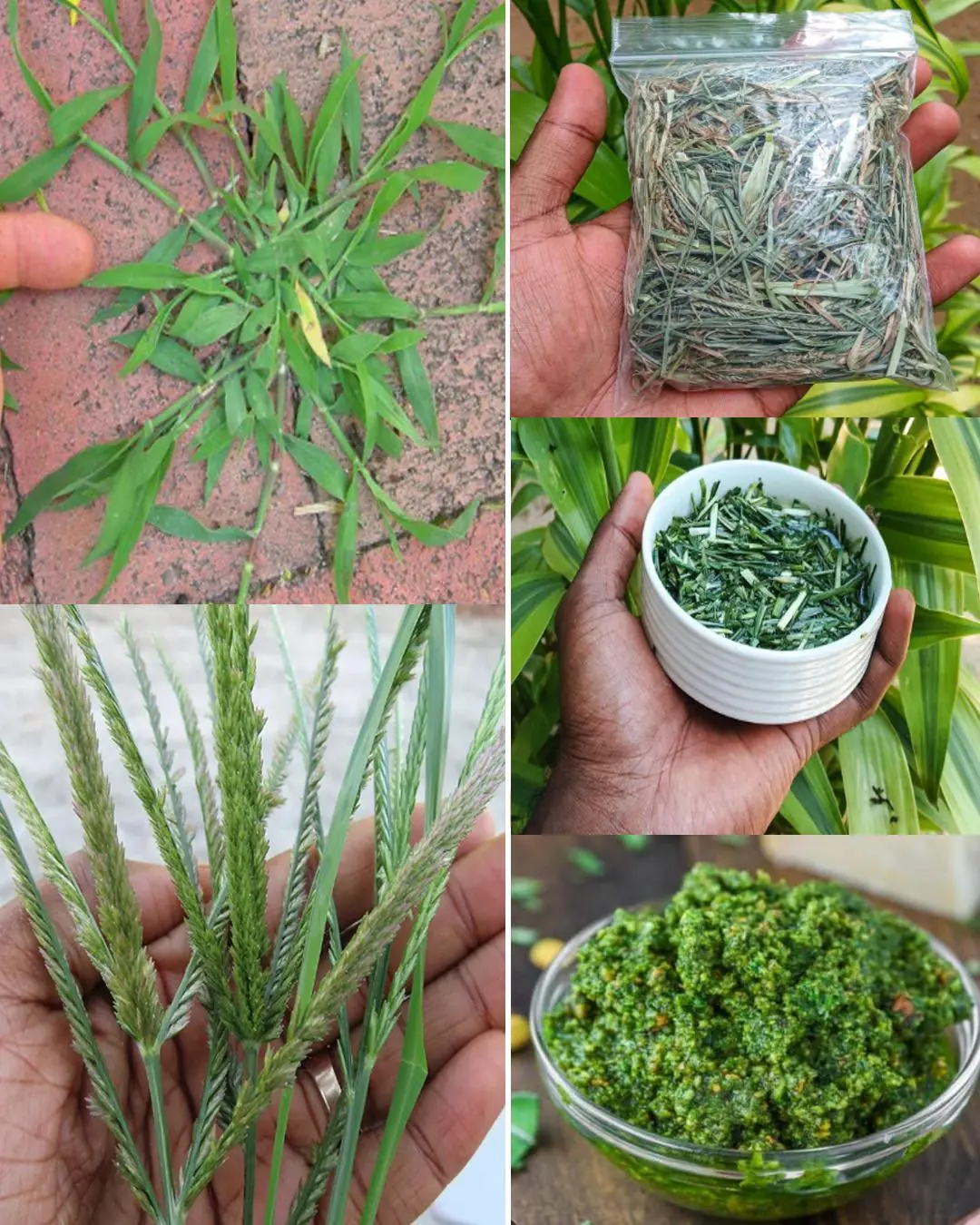
7 Key things about Crabgrass

The Gentle Lion Who Just Wanted a Hug.

The Night Japanese Fans Taught the World a Lesson in Respect.
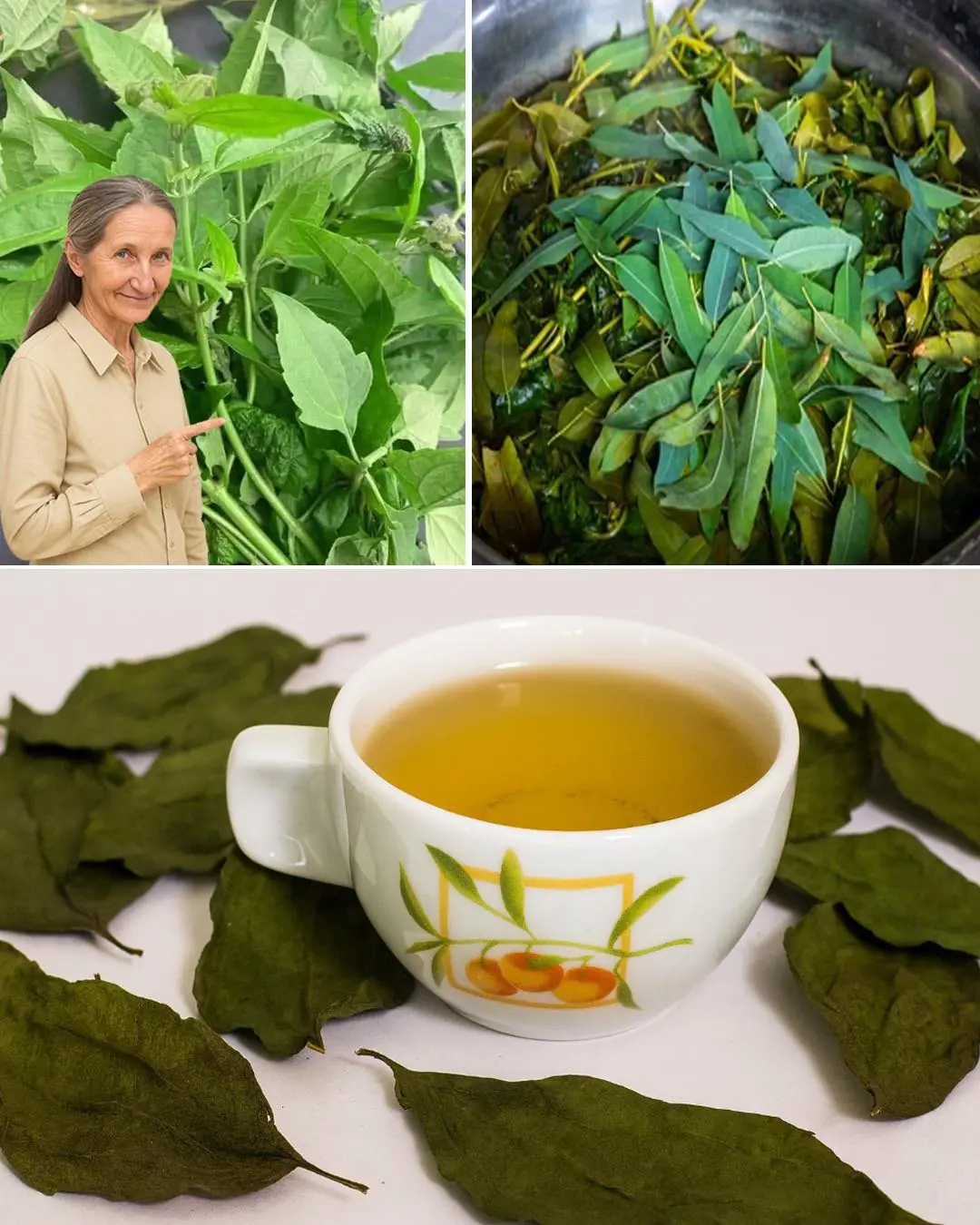
Siam Weed: A powerful remedy for multiple ailments

New Research Finds a Way to Treat Late-Stage Cancer—Bringing Hope to Millions

Strokes and heart attacks don’t give warnings. But this could help you fight back—before it’s too late

From Milk Bottles to Mud Baths: The Remarkable Journey of Raising a Baby Elephant.

The Mail Carrier Who Delivered a Second Chance.

A Small Act of Kindness That Touched Everyone’s Heart.

A Love That Refuses to Give Up.

A $5 Lesson in Kindness That Changed a Father’s Heart.

A Moment Between Life and Instinct: The Cheetah and the Newborn Gazelle.

Do Elephants Have Personalities? A Student’s Heartfelt Study Reveals the Souls Behind the Giants.

A Child’s Cry, An Officer’s Instinct.

The Biker and the Cop: A Reunion After 31 Years.
